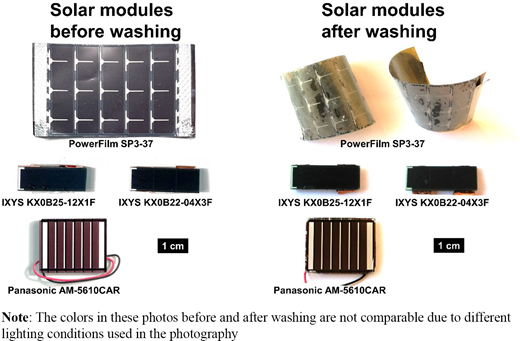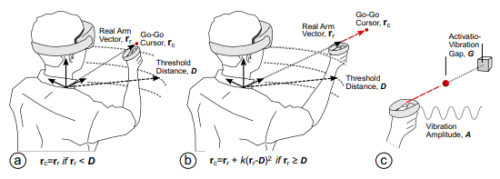2022-05-19 フィンランド・アールト大学
アールト大学の物理学科とデザイン学科の研究者たちは、3年にわたる「Sun-powered Textiles」プロジェクトの中で、洗濯機での洗濯に強く、同時に美観上の問題も少ない方法で、太陽電池を繊維に接着させる方法を開発しました。また、この太陽電池入りテキスタイルをリサイクルできるようにするための工夫も施した。
研究者らは、太陽電池部材を水密性の高いポリウレタンフィルムで布地に挟んでラミネートし、洗濯機で洗えるようにした。そして、洗濯機で洗うごとに太陽電池の出力を測定した。8つのサンプルのうち5つは効率を維持し、3つは約20%のパワーを失いました。この過程で、細胞や繊維が損傷することはありませんでした。
<関連情報>
- https://www.aalto.fi/en/news/researchers-developed-invisible-machine-washable-solar-cell-technology-for-clothing
- https://www.emerald.com/insight/content/doi/10.1108/RJTA-01-2022-0004/full/html
セルフパワー型ウェアラブルのための洗える繊維内蔵型太陽電池 Washable textile embedded solar cells for self-powered wearables
Elina Ilén, Farid Elsehrawy, Elina Palovuori, Janne Halme
emerald insight Published:27 April 2022
DOI:doi/10.1108/RJTA-01-2022-0004

Abstract
Purpose
Solar cells could make textile-based wearable systems energy independent without the need for battery replacement or recharging; however, their laundry resistance, which is prerequisite for the product acceptance of e-textiles, has been rarely examined. This paper aims to report a systematic study of the laundry durability of solar cells embedded in textiles.
Design/methodology/approach
This research included small commercial monocrystalline silicon solar cells which were encapsulated with functional synthetic textile materials using an industrially relevant textile lamination process and found them to reliably endure laundry washing (ISO 6330:2012). The energy harvesting capability of eight textile laminated solar cells was measured after 10–50 cycles of laundry at 40 °C and compared with light transmittance spectroscopy and visual inspection.
Findings
Five of the eight textile solar cell samples fully maintained their efficiency over the 50 laundry cycles, whereas the other three showed a 20%–27% decrease. The cells did not cause any visual damage to the fabric. The result indicates that the textile encapsulated solar cell module provides sufficient protection for the solar cells against water, washing agents and mechanical stress to endure repetitive domestic laundry.
Research limitations/implications
This study used rigid monocrystalline silicon solar cells. Flexible amorphous silicon cells were excluded because of low durability in preliminary tests. Other types of solar cells were not tested.
Originality/value
A review of literature reveals the tendency of researchers to avoid standardized textile washing resistance testing. This study removes the most critical obstacle of textile integrated solar energy harvesting, the washing resistance.



